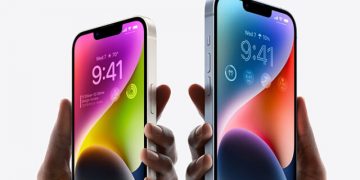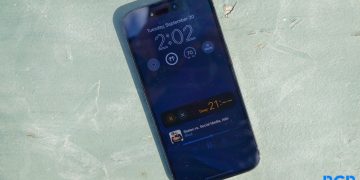Maintaining bridges is expensive. There are 600,000 of them in the US, and the organizations that own and maintain them can easily pay $50,000 for sensor equipment alone, with further costs incurred by the need to maintain them and analyze the data they generate. Smartphones are a much cheaper option.
However, work still needs to be done to make this technique a reality, says Ahmet Emin Aktan, a professor of civil, architectural, and environmental engineering at Drexel University, who was not involved in the study. He believes it’ll be a long time before the technique becomes widely adopted.
Aktan expects visual inspections to remain the primary method of monitoring bridges for the next 10 to 20 years, because both sensors and smartphones can produce data that’s harder to interpret than what engineers see with their own eyes. Even something as ordinary as weather or variations in traffic load can affect the way structures behave and move, which can then affect the data. For example, they become stiffer in colder weather.
But eventually, he says, it’s likely that the industry will want to use a combination of that visual observation with the data collected from smartphones.
Source by www.technologyreview.com




























